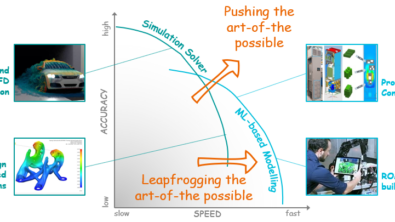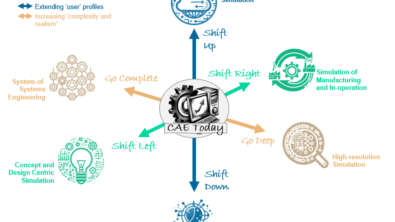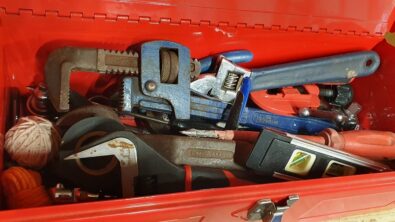The Art of the Possible
The Art-of-the-Possible blog series will journey through the future of predictive engineering models. These models, grounded in data, experiments, or physics equations, have been instrumental in our engineering marvels to date, and their ever-expanding capabilities continue to revolutionize the field.
With a glimpse into the future of engineering, simulation, and testing solutions, we'll discuss their roles in the simulation, optimization, and validation of forthcoming engineering challenges.
Join us as we uncover the potential of our research and pre-development activities, pushing the art of the possible, and driving the next generation of simulation and test products.
Let's explore what lies beyond the horizon!








